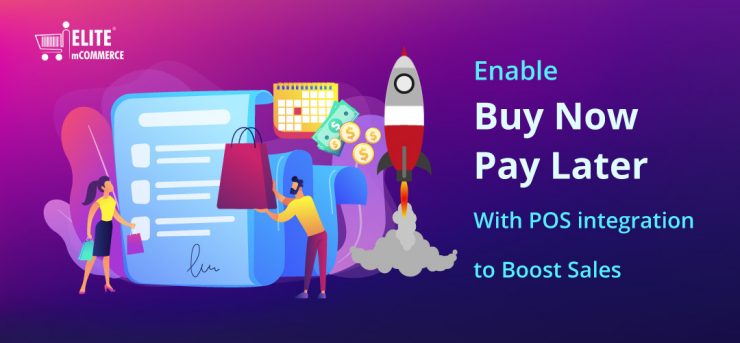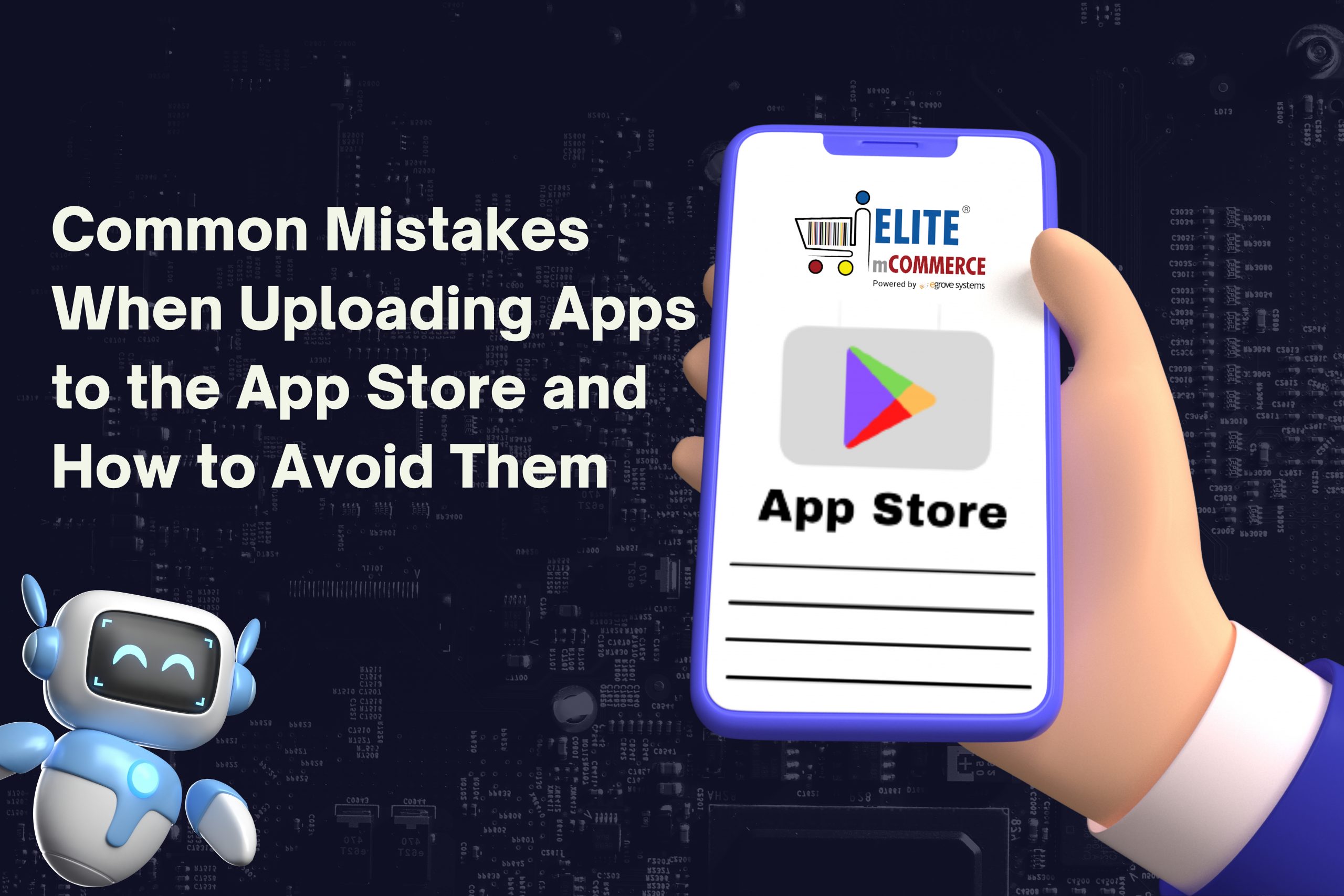“Buy now, pay later” options are a rising trend for stores, letting customers make purchases without paying full price at the store. This higher-tech version of instalment plans offers a number of advantages to customers and sellers while minimizing. “Buy now, pay later” requires planning and integration with a payment processor to enable the service, but the value it can add to a business along with POS Integration can play a significant role in increased sales.
Why Are People Using Buy Now, Pay Later?
Buy Now, Pay Later (BNPL) lets customers break up purchases into smaller payments that are more affordable to them. Users don’t pay interest on instalments, making it more attractive than traditional instalment and financing plans. It also serves consumers who are cautious about credit card debt.
Many people are more willing to buy items casually with the ability to avoid paying upfront, and in addition, providers of BNPL can offer more quick and convenient purchases while collecting less information.
BNPL options are increasingly available for both eCommerce and brick-and-mortar retailers. Over a third of US consumers have used a BNPL service, with a greater number of younger people having done so. According to research from management consultancy Kearney, 67% of UK millennials have used a ‘buy now, pay later’ service.
How Do Businesses Introduce Buy Now, Pay Later?
BNPL is supported by several payment providers who can integrate their service with retail businesses. Sellers are paid in full for the transaction right away as the payment provider bears all the cost of the purchase and the risk of fraud or non-payment. However, they do need to pay a transaction fee based on the price of the sale, just like a credit card or digital payment processor.
In order to offer BNPL, businesses should choose their payment provider carefully, and select one that is able to integrate with their existing point-of-sale system. This will enable them to offer this option to their customers and record the transactions efficiently. Providers such as Affirm and QuadPay support many merchants already, while major payment services companies such as PayPal and Square are venturing into the financing space as well.
Through integration with POS systems, BNPL options are extremely easy to set up compared to layaway and instalment services, placing next to no burden on the merchant to track and register payments differently than normal digital payments.
Read more : Sell On the Go With Elite mCommerce’s POS Integration Capabilities
How and Why To Encourage Buy Now, Pay Later Sales
As established businesses that offer BNPL sales are paid the full price immediately, they can treat them equivalent to full-price sales aside from a small transaction fee. It may lead to additional sales thanks to customers being more willing to spend when they don’t need to pay all at once. Retailers who used the service Klarna reported up to a 68% increase of purchase basket size from customers who made use of BNPL, as well as increasing repeat customers by 20%.
Since BNPL options can attract more buyers, especially younger shoppers, the feature has significant marketing value. Merchants can benefit from announcing their partnership with payment providers to offer buy now, pay later to their customers. Making it clearly available on your website or physical storefront with example products showing how much you pay in instalments compared to the full price can persuade customers to try it if they haven’t before. Many payment providers also list the businesses they partner with, creating another avenue for customers to discover your store.
Buy Now, Pay Later is more convenient than ever before for both stores and customers thanks to advancements in technology and better integration with existing store infrastructure. Industries from electronics to apparel and even grocery stores are offering ways to make it easier to purchase. It has the potential to be the ideal solution for gaining customers in a time of economic uncertainty.









Add comment